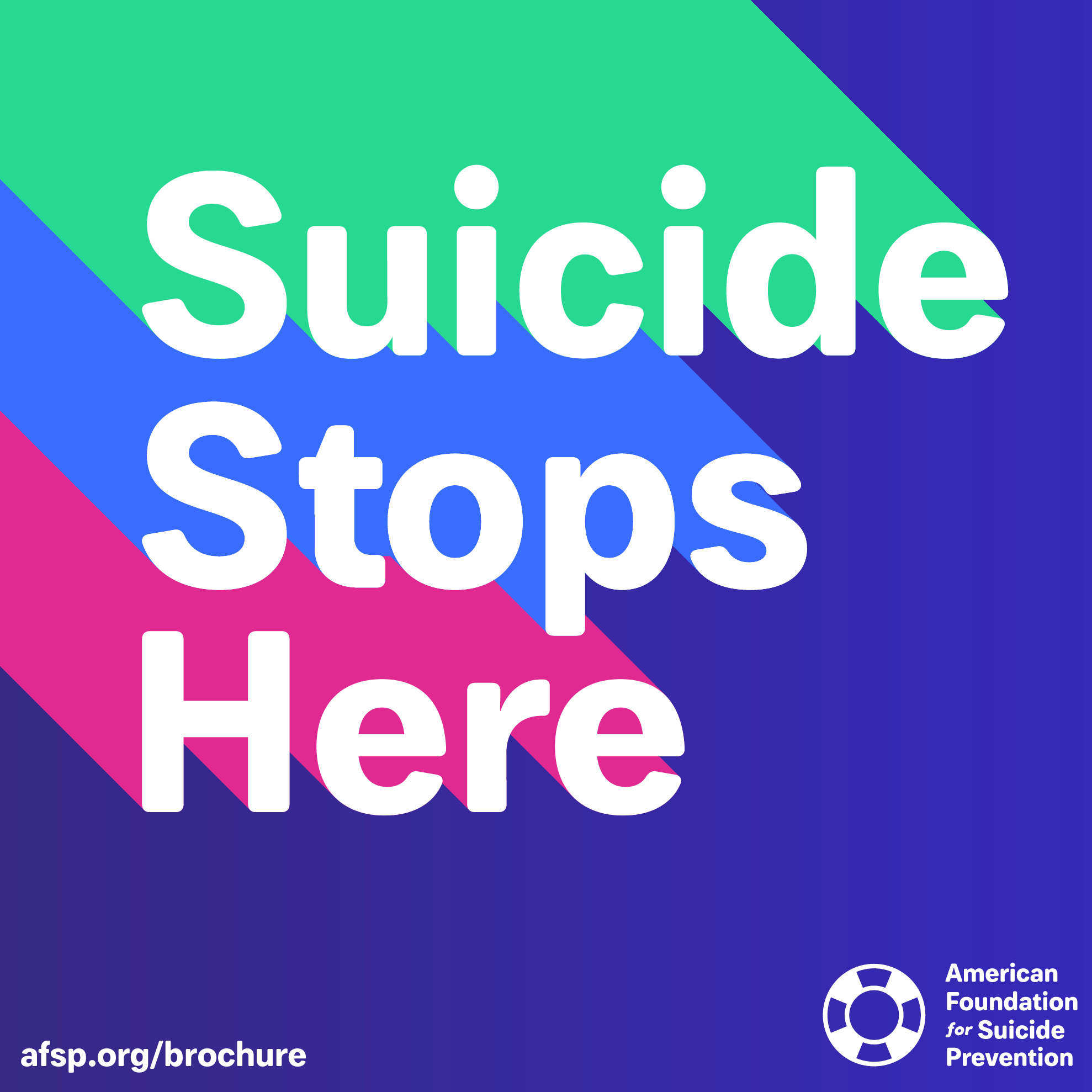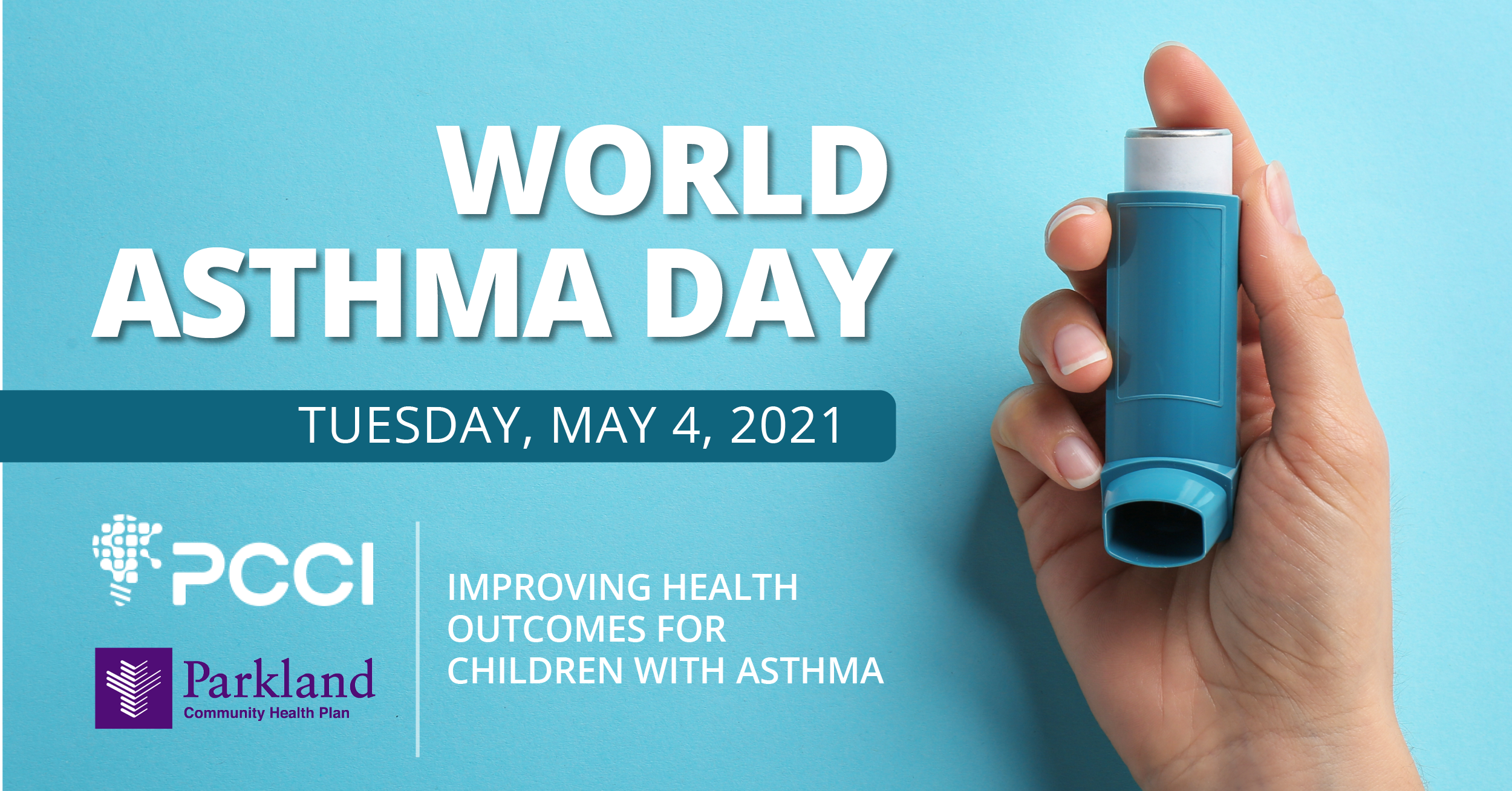Following is an excerpt from PCCI’s book, “Building Connected Communities of Care: The Playbook For Streamlining Effective Coordination Between Medical And Community-Based Organizations.” This is a practical how-to guide for clinical, community, and government, population health leaders interested in building connected clinical-community (CCC) services.
This section is from Chapter 7, “Community Partners Track.” The Community Partners Track provides the requirements for the workflows and the tools needed for Community-Based Social Service Organizations aka Community-Based Organizations (CBOs) to achieve the goals of the Connected Communities of Care (CCC).
PCCI offers readiness assessments as a service for those organizations interested in building an NMDOH-based CCC. Go here for more information: https://pcci1.wpengine.com/connected-communities-of-care/.
###
Case Study: Building CBO Partnerships
A cornerstone of the CCC is the CBO. The community food pantries, homeless shelters, crisis centers, and transportation service providers are the lifeline for many vulnerable and underserved community residents. In addition to providing essential services, these organizations help the individuals cope with the challenges of daily life. For far too long, these organizations were excluded from the clinical care plan process for a host of reasons. Communities Foundation of Texas (CFT) (the initial philanthropic funder of the Dallas Information Exchange Portal [IEP]) and PCCI recognized the vital role these entities play in the health and well-being of the individuals seeking care at Parkland.
As part of the design of the Dallas IEP, PCCI began an ongoing effort to establish meaningful partnerships with local CBOs to foster their involvement in (and support of) the Dallas IEP, through linkages to each other and to Parkland. PCCI recognized early on that given the large geography covered by Dallas County, more than a couple CBOs would be needed to make the IEP robust and meaningful. In the past, efforts to engage CBOs typically involved recruitment at the individual CBO level, something that in the case of the IEP would likely prove problematic given the number needed. Instead, the PCCI team, with support from CFT, proposed a new approach of engaging the major
Sponsors of the CBOs, which in this case included the North Texas Food Bank (NTFB), which worked with many local food pantries, and the Metro Dallas Homeless Alliance (MDHA), a large umbrella organization coordinating services for dozens of smaller homeless shelters. By working directly with these umbrella organizations, PCCI only needed to execute two contracts rather than multiple contracts with the individual CBOs. The NTFB and the MDHA were then responsible for recruiting their members in sufficient numbers to increase the IEP’s scale.
While this approach proved successful, it did not remove the need for PCCI to “make the case” for the IEP with the NTFB and the MDHA. In addition to explaining how this program would involve NTFB’s food pantries and MDHA’s homeless shelters, it was imperative to make the business case for their involvement—how will this work benefit them and their members and what will be needed from the membership. In addition to helping improve the health and well-being of community residents, we found the following to be key incentives for CBO participation: (1) ability to provide funding to support the IEP or its usage, (2) enhanced reporting and analytic capability— either through the technology platform software itself or through PCCI analytical staff, (3) opportunity to participate in future research projects that would bring visibility to other sources of funding, and (4) greater operational efficiency.
Once the list of participating CBOs was shared with PCCI, the team installed the software at the participating sites, trained CBO staff, and communicated expectations and next steps. This process proved to be one of the critical success factors behind the initiative. CBO staff members that reported training as helpful and beneficial were more likely to use the IEP than those for whom training was deemed less helpful. Feedback from those receiving training suggested that two shorter training sessions (each 1.5 hours) and involving hands on practice exercises was far more helpful than one longer training session (3 hours). When PCCI staff members (1) set clear expectations of what was expected of the CBO and how the IEP was to be used and (2) reinforced that
Community Partners Track message through follow-up question and answer sessions and individual consultations, CBO use of the IEP (as it was intended to be used) was materially higher than where less emphasis was placed on expectations.
With the software installed and training completed, PCCI implemented several short pilot test periods to ensure that the technology was performing as expected and that the CBO staff felt comfortable in using it. These short pilot test periods, lasting from 2 to 4 weeks, were critical in a successful launch of the broader IEP implementation. As anticipated, the pilot work uncovered some software issues that needed to be addressed to ensure optimal use by the CBOs. The work also revealed some modifications to the CBO and clinical/CBO workflows that needed to be made. It is important to note that
all pilot testing was done without involving any patients or residents in the testing phase.
While the preparatory work helped to ensure a successful launch of the IEP both with Parkland and the participating CBOs (whose numbers grew appreciably after the launch due to continued recruitment into the network), we found that additional steps were needed to ensure ongoing success. Much like processes that are measured regularly as part of an improvement campaign and then ended abruptly when the campaign ends, we found that to optimize the effectiveness of the IEP and maintain its momentum, we needed to institute a continuous monitoring process with both the CBOs and Parkland. This ongoing involvement with the IEP Participants proved to be a greater time commitment than we had originally foreseen. While the frequency of challenges declined with the length of time since launch, we continually uncovered new issues or new opportunities to strengthen the initiative. This was especially true for the CBOs, where most staff members include volunteers and the turnover rate is quite high. Because of this, we employed a train the-trainer model, which proved largely effective. Again, most CBOs have a very small staff. Thus, the departure of a manager or experienced frontline worker often proved a major disruption to the use of the IEP. Constant contact with the CBOs (even when the number of CBO Participants approached 100) helped ensure that any challenges could be addressed as quickly and effectively as possible.
The key takeaway from the past five years of working with the CBO community in Dallas is that relationships matter, and that these relationships need constant, open and honest, two-way communication and nurturing to bring about success. We believe that these lessons apply far beyond this initiative.
###
Authors:
Steve Miff, CEO and President of PCCI
Keith Kosel, Executive Advisor for PCCI




 About Yolande Pengetnze
About Yolande Pengetnze
 About the author
About the author







 PCHP and PCCI launched the Pediatric Asthma Quality Improvement Program in April 2015. The program was driven by the large number of PCHP members with asthma. Asthma is the most common chronic disease of childhood affecting over 6 million children in the US and resulting in over 140,000 hospitalizations every year.
PCHP and PCCI launched the Pediatric Asthma Quality Improvement Program in April 2015. The program was driven by the large number of PCHP members with asthma. Asthma is the most common chronic disease of childhood affecting over 6 million children in the US and resulting in over 140,000 hospitalizations every year.



 To better serve pregnant women in our community, PCCI and PCHP developed and implemented an innovative maternal health program that uses a machine learning algorithm, healthcare data and Non Medical Drivers of Health to identify pregnant women who are at a higher risk of pre-term birth. The program engages these women through text messages designed to help them be proactive in seeking care during pregnancy.
To better serve pregnant women in our community, PCCI and PCHP developed and implemented an innovative maternal health program that uses a machine learning algorithm, healthcare data and Non Medical Drivers of Health to identify pregnant women who are at a higher risk of pre-term birth. The program engages these women through text messages designed to help them be proactive in seeking care during pregnancy.

